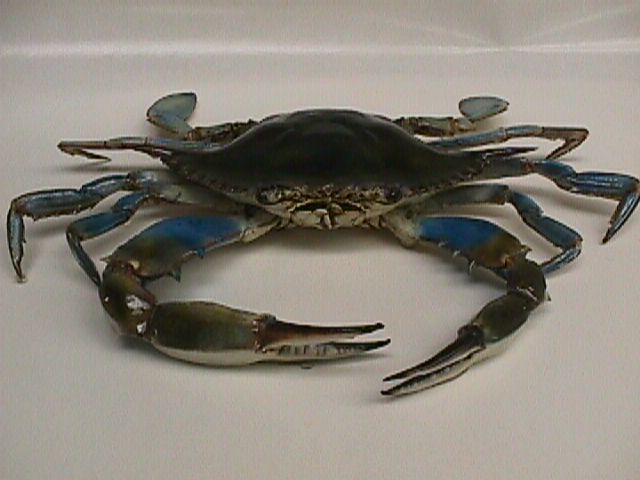Outreach
Ecological Synergism
Ecological Synergism explores the concept of ecological synergism. Consider this:
Disturbances, like diseases, hurricanes, fires, and earthquakes, all occur naturally. They play an integral role in ecosystem development and evolution of all living organisms. Some of these natural disturbances occur frequently, while others happen only periodically. Natural disturbances can also take place on a local scale, as well as impact the entire world. In each case, the earth and its inhabitants respond and adapt in order to survive.
Soundscapes
The “soundscape” refers to all the sounds that form an immersive environment. Soundscapes comprise biological, physical, geological and human-produced sounds. Organisms, including humans, are constantly getting sensory information about our environment from the ambient soundscape.
SEEPC
Methane seeps, also known as cold seeps, occur along continental margins where reduced methane and sulfide emerge from ocean sediment. Methane seeps were fairly recently discovered (1984), but have since been found throughout the world’s oceans. The exploration of methane activity off of the U.S. Atlantic Margin led to the discovery of more than 400 methane seeps, which drastically increases scientific understanding of seep distribution and abundance patterns, as well as the implications for potentially high population connectivity among seep invertebrates.
The Blue Crab in North Carolina

The Blue Crab of North Carolina provides information on the fishery and population trends, life history and current research on the blue crab (Callinectes sapidus) in North Carolina. There are also interactive computer simulations that demonstrate how weather patterns and wind-forcing influence population fluctuations of the blue crab, an interactive, mutliple-choice quiz to test your knowledge, a series of three lesson plans for teachers, web-based links to other sources of information on the blue crab, and a forum for the presentation and discussion of ideas on the blue crab. Funding for the development of this web-page was provided by the National Science Foundation and NC Sea Grant.
Bringing research into the classroom opens the door for students to see what new science is doing. It allows students and teachers to learn new information and develop their own questions. Building bridges between university scientists and public school students and teachers is an essential ingredient in today’s inquiry-based science education.